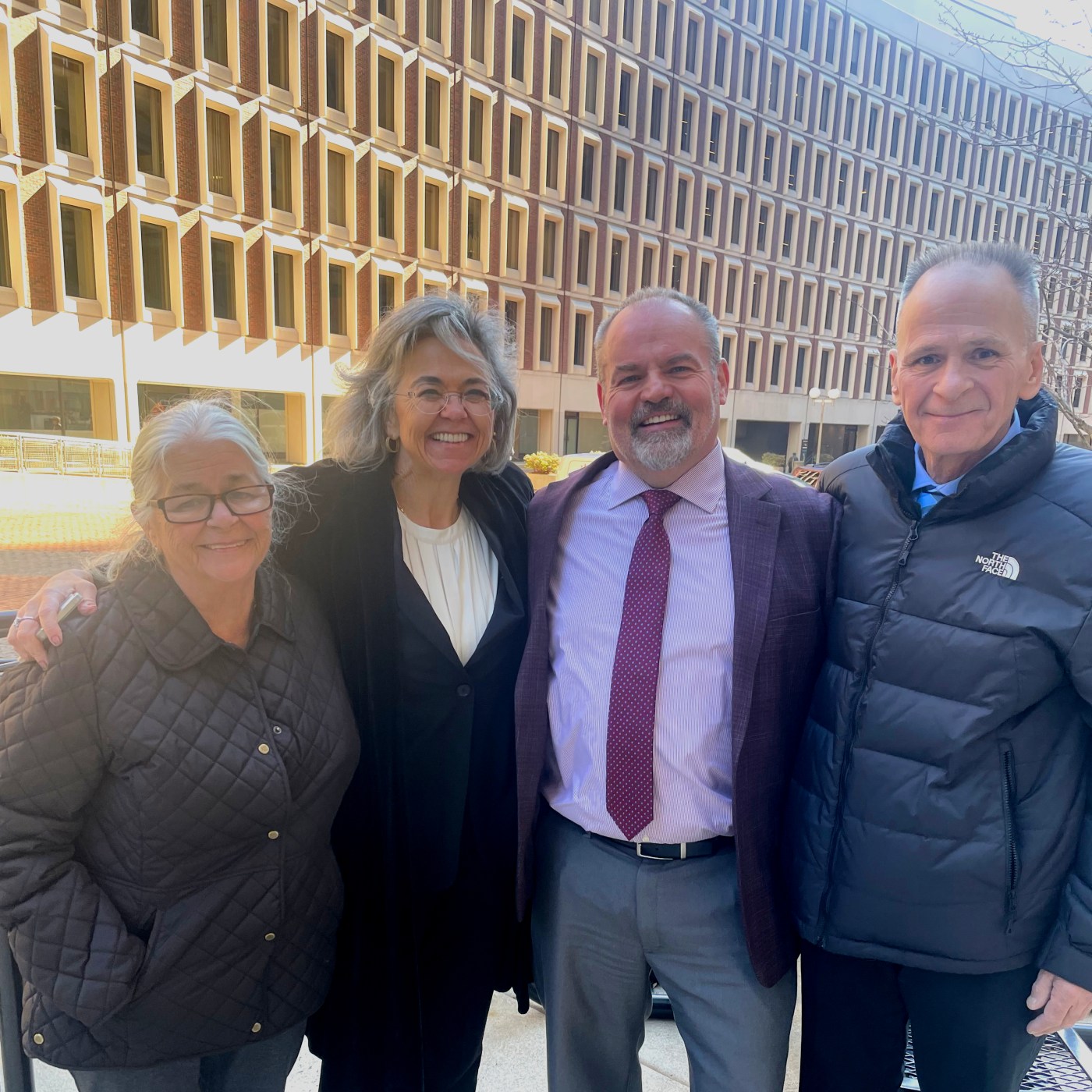
Massachusetts man awarded $13 million judgment after being jailed 26 years for murder he didn’t commit
Michael Sullivan spent more than 26 years in prison for a murder he didn’t commit. On Tuesday, a Suffolk County jury awarded him $13 million for his lost time and suffering.
Sullivan, originally of Cambridge and now of Lowell, was convicted in 1987 at age 26 for the armed robbery of Wilfred McGrath, 52, of East Cambridge.
Sullivan remained in prison until he was granted a fresh trial in 2013 after a key piece of evidence and testimony appeared to be lies. At the 1987 trial, the state crime lab chemist Robert Pino testified that blood was found on Sullivan’s clothing. That clothing would later test negative for blood and that McGrath, the murder victim, was not a contributor to any other DNA found on the clothing.
Superior Court Justice Kathe Tuttman vacated Sullivan’s convictions in November 2012 and he was released on bond the following January.
According to Sullivan’s attorneys, the Middlesex District Attorney’s office waited an additional six years before dropping the charges against Sullivan in 2019. The law firm Heinlein Beeler Mingace & Heineman then took on the case as a civil matter, which led to a three-week civil trial that ended on Tuesday with a verdict granting Sullivan $13 million.
“At this civil trial, Mr. Sullivan bore the burden of proving by clear and convincing evidence that he was actually innocent of the crimes,” the law firm stated in a press release. “The jury today, in a resounding verdict, declared that Michael had been erroneously convicted in 1987 and had proven by clear and convincing evidence that he was innocent of the crimes.”
The murder
A little after midnight on March 8, 1986, someone found a body wrapped in a quilt with its feet bound with electrical wire behind an abandoned Stop & Shop in Somerville, according to the civil complaint in the case. Police would identify the body as McGrath. A contemporary account in the Herald described McGrath’s remains as “badly beaten.”
Sullivan’s conviction on that murder hinged on the false analysis by Pino’s work at the crime lab, the testimony of the man Sullivan says is the real murderer, and his own purple down West Wind-brand large jacket.
Pino, who along with the state was the defendant in this case, had said that Sullivan’s purple jacket had blood on it. Sullivan continually appealed to have the evidence tested, as he insisted that no blood would be found. The Supreme Judicial Court upheld the conviction in 1991, so Sullivan’s attorney tried to take it up in federal court in 1996, but that litigation was halted in 2002 to allow for further state appeals. In 2008, Sullivan’s attorney filed for a new trial, but that was denied without a hearing.
Finally, in October 2010, a single justice of the Supreme Judicial Court allowed for the purple jacket to be retested at a private library with funding from the Committee for Public Counsel Services Innocence Program, according to SJC records. That testing found that there was no blood on the jacket and that McGrath’s DNA was not found. The testing led to the new trial.
A man named Gary Grace was arrested and charged with the murder, according to court filings, but he denied it and instead pointed to Sullivan and two men named Stephen Angier and Emil Petrla. Prosecutors struck a plea deal with Grace, reducing his charge to “accessory after the fact” in exchange for his testimony implicating the others.
“Grace’s fabricated and self-serving narrative detailed the brutal beating of McGrath, which involved Sullivan allegedly stomping on McGrath’s head numerous times,” the civil complaint states.
Sullivan’s defense “was based in large part upon the testimony of Petrla, who admitted his own guilt, despite being held for his own trial,” the complaint states. Petrla testified truthfully that Grace was the killer and that Sullivan was not present.”


